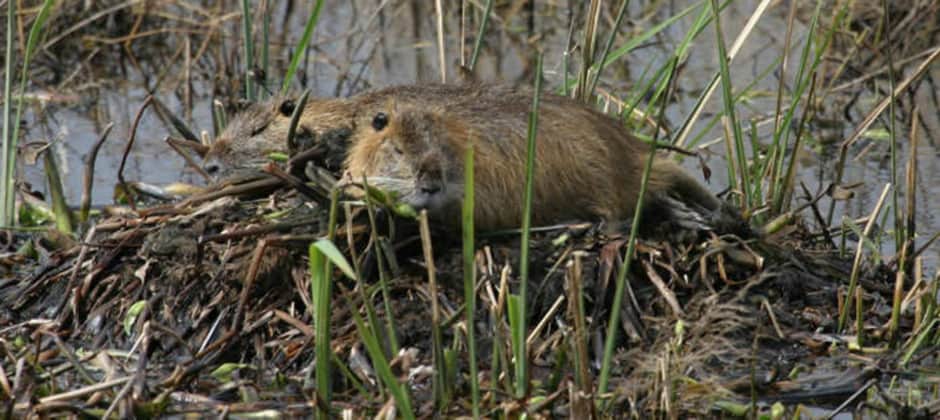Share this article
House Agriculture Committee examines invasives
At a recent House Agriculture Committee’s Subcommittee on Livestock and Foreign Agriculture hearing, witnesses offered testimony on invasive species like nutria and feral swine and their effects on agriculture and the American economy.
In opening the hearing on “Safeguarding American Agriculture from Wild, Invasive, and Non-Native Species,” Subcommittee Chairman Rep. Jim Costa, D-Calif. referenced the non-native nutria (Myocastorcoypus) populations that have damaged habitat in his home state of California, as well as a pilot program established by the 2018 Farm Bill that provides funding to control feral swine (Sus scrofa).
Costa noted that, if successful, the feral swine pilot program “might be a model to address invasives species issues in the future.” Subcommittee Ranking Member Rep. Conaway, R-Calif., spoke in detail about feral swine, including the widespread effects they can have on agriculture and human and animal disease.
Ric Ortega, the General Manager for the Grassland Water District in Los Banos, Cal., also spoke about nutria and the damage they are causing along waterways in California. “We must act now to prevent catastrophic outcomes in California,” Ortega said.
“The California Department of Fish and Wildlife has taken the lead in eradicating nutria in California. The Department’s emergency response has made great strides in slowing the growth of the nutria population while long term resources are pursued for a formal, dedicated eradication effort,” he said. Subcommittee member Rep. Josh Harder, D-Calif., has introduced legislation to reauthorize the Nutria Eradication and Control Act of 2003, targeting some funding to California.
Josh Gaskamp, the Technical Consultation Manager and Wildlife and Range Consultant with the Noble Research Institute in Oklahoma, testified on the feral swine issue. “One of the greatest challenges facing farmers and ranchers today is the negative ecological and economic impact cause by wild, invasive and non-native species, including feral swine,” said Gaskamp. He talked about the need for further federal funding for research and eradication. “We anticipate that new funding available through the USDA’s Feral Swine Control Pilot will result in truly innovative programs designed to educate producers and increase efforts to control feral swine,” Gaskamp said.
The Wildlife Society supports effort to monitor, control and eradicate invasive species. In particular, the Society encourages the eradication of feral swine populations wherever feasible.
Read The Wildlife Society’s Position Statement on Invasive and Feral Species and Issue Statement on Feral Swine.
Header Image: Nutria, which can damage stream banks, were discussed at a recent Congressional hearing. ©USFWS








